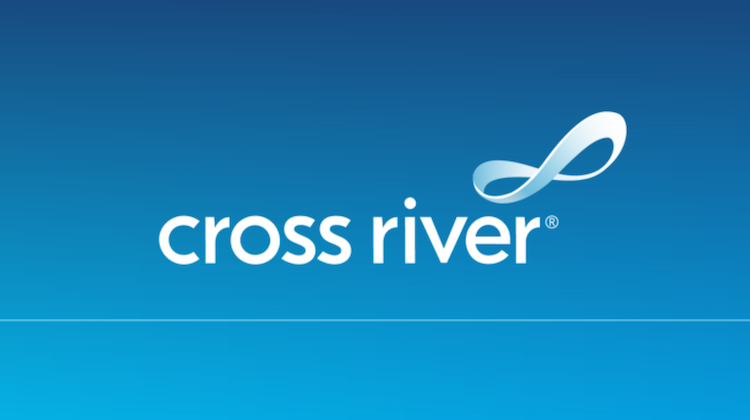Online Lenders
As online lending grows up, banks work to strengthen partnerships
- The online lending industry’s relationship dynamics have evolved in the past decade; the partnership model with banks has been successful but there’s also room for online lenders to exist on their own
- Banks need to start strengthening ties with their online lending partners; at any time, fintech client could become banks' competitors and vice versa








